|
Glacier was recommended for inclusion in the National Wilderness Preservation System in 1974. National Park Service policy requires that the park’s character not be degraded and remain unimpaired for future use and enjoyment. Recommended wilderness lands are managed differently than frontcountry or backcountry areas, and are managed with minimal human manipulation of a diverse, intact, natural ecosystem. Remaining undeveloped, with minimal mechanization and modern influence, wilderness lands provide outstanding opportunities for solitude and primitive, unconfined recreation. For additional information on the Wilderness concept and the park's recommended wilderness areas, visit our Wilderness in Glacier page. The park’s wilderness camping program is designed to minimize resource impacts while providing positive visitor experiences. Follow the links below to plan and enjoy a wilderness adventure in Glacier. 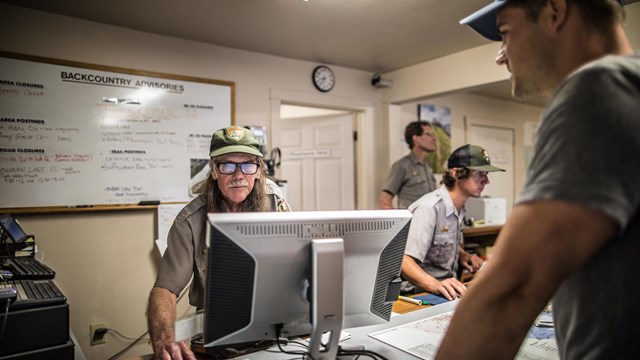
Wilderness Camping Advance Reservations
Learn the steps to secure an advance reservation wilderness camping permit, from start to finish. 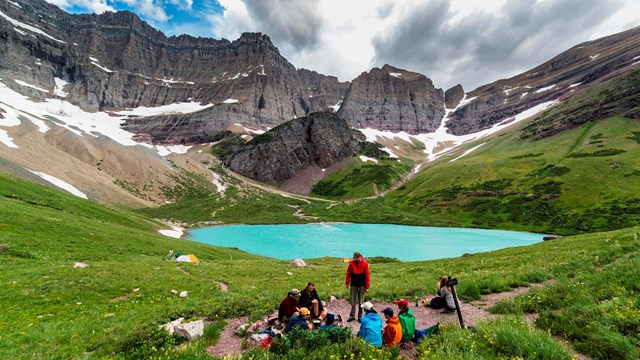
How to Get a Wilderness Permit
Learn how to get a wilderness camping permit. 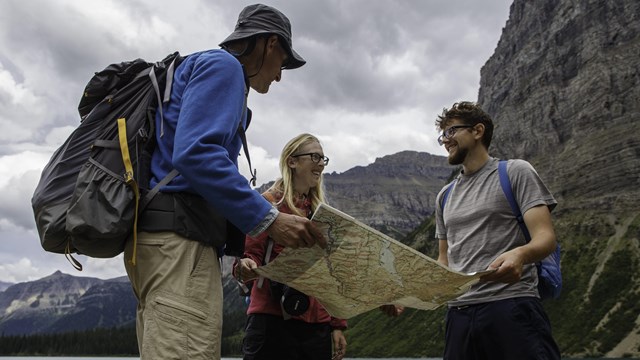
Wilderness Trip Planning
Gear lists, maps, and more to help you prepare for Glacier's wild landscape. 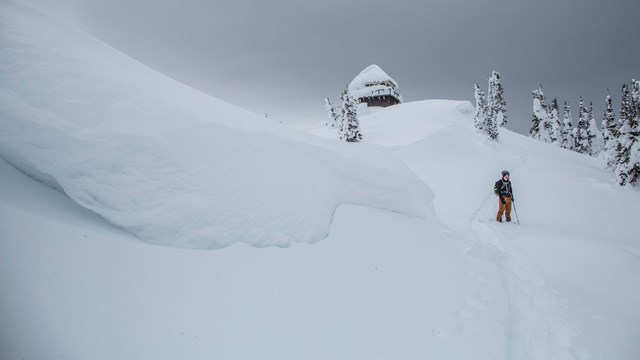
Winter Wilderness Camping
Prepare for the unique challenges of winter backpacking in Glacier. 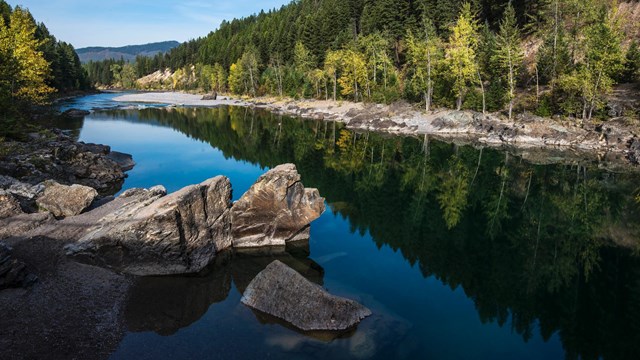
River Camping
Foot and stock are not the only ways to reach a campsite. Find out the required gear and your location options. |
Last updated: April 2, 2025
